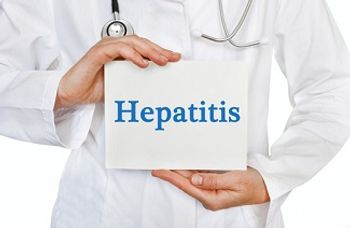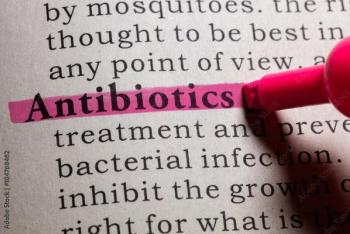
A Look into the Paradigm Shift in Vaccine Production
During a recent webcast lecture, Hana Golding, PhD from the US Food and Drug Administration described new ways to evaluate safety and effectiveness of vaccine adjuvants.
In a webcast lecture presented on March 30, 2017 by the US Food and Drug Administration (FDA), Hana Golding, PhD, from the FDA’s Center for Biologics Evaluation and Research, in Silver Spring, Maryland, discussed new ways to evaluate safety and effectiveness of vaccine adjuvants.
Dr. Golding began by defining an adjuvant as “a substance that acts to accelerate, prolong, or decrease antigen dosage, or to enhance the antigen-specific immune response when used as part of a vaccine formulation.”
Although adjuvants are typically used to improve immunogenicity of recombinant vaccines and to increase the breadth of protection, some have been associated with reactogenicity which results in adverse reactions such as fever in a small proportion of vaccinated individuals.
As a consequence, this led to the paradigm shift that has occurred in vaccine technology, said Dr. Golding. Although vaccine production traditionally involved using whole viral particles, it has now switched to using subunit antigens, she said, resulting in increased vaccine safety and decreased potency.
During the session, Dr. Golding emphasized the need for approaches to improve the immunogenicity of pandemic influenza vaccines, in particular. In the absence of pre-existing immunity, Dr. Golding noted that the response rate against inactivated influenza vaccines targeting pandemic viral strains is very low. New strategies have therefore included developing vaccines using novel vaccine adjuvants. Two such vaccines were recently approved, she said, including one licensed for H5N1 influenza (in 2013) and the trivalent inactivated influenza vaccine adjuvanted with MF59 (in 2015).
Nevertheless, research gaps remain in this field, she stressed, including the need to better evaluate both the immune response to adjuvanted vaccines and their safety.
Two of the most commonly used methods to measure the immune response to vaccines have been the hemagglutination inhibition and virus neutralization assays. However, novel improved strategies are now emerging, said Dr. Golding. For example, use of whole genome phage display libraries increases the ability to examine all targets on the virion, she said. And another technique, known as surface plasmon resonance, enables researchers to evaluate antibody binding strength and kinetics as well as individual antibody isotypes.
She shared data from one influenza vaccine study which compared the use of the traditional aluminum adjuvant with the newer oil-in-water adjuvant. According to Dr. Golding, the newer oil-in-water adjuvant resulted in a ten-fold increase in antibody response to HA1 compared with that induced by the older aluminum-adjuvanted vaccine. The HA1 domain forms part of the hemagglutinin (HA) envelope protein on the influenza virus, she said. And because most antigenic sites reside in this domain, it is the focus of influenza vaccine development. Indeed, ferret challenge studies have shown a direct correlation between antibody avidity to HA1 and cross-protection from lethality and morbidity, she added.
Dr. Golding also shared data from studies involving toll-like receptor (TLR) ligands. TLRs play a key role in innate immunity, she said, because they detect conserved pathogen-associated molecular patterns on various microbes, including viruses, leading to innate immune activation. Studies have demonstrated a strong correlation between the levels of pro-inflammatory cytokines induced in human MM6 cells (a monocyte cell line) by TLR ligands in vitro, and body temperature in rabbits inoculated with the same ligands, she said.
In vitro screening of novel adjuvants could therefore be combined with testing of proinflammatory cytokines and other compounds such as prostaglandin E2 released by human cells, to identify adjuvants with unacceptable reactogenicity, she added.
And, although cell-based assays can be used to help determine a safe dose range for novel adjuvants, they could also reduce the need for animal studies in vaccine safety evaluation.
“Further development of adjuvants and understanding of their mechanisms of action and full range of activities will improve future vaccine efficacy and safety,” Dr. Golding concluded.
Dr. Parry graduated from the University of Liverpool, England in 1997 and is a board-certified veterinary pathologist. After 13 years working in academia, she founded Midwest Veterinary Pathology, LLC where she now works as a private consultant. She is passionate about veterinary education and serves on the Indiana Veterinary Medical Association’s Continuing Education Committee. She regularly writes continuing education articles for veterinary organizations and journals, and has also served on the American College of Veterinary Pathologists’ Examination Committee and Education Committee.
Newsletter
Stay ahead of emerging infectious disease threats with expert insights and breaking research. Subscribe now to get updates delivered straight to your inbox.

















































































































































































































































































